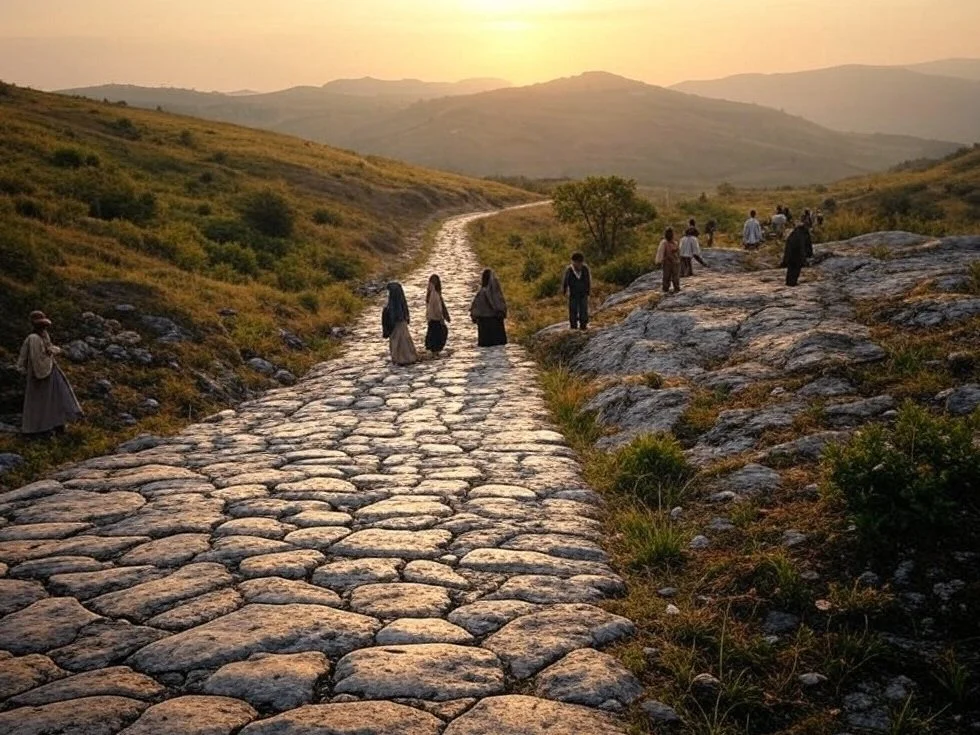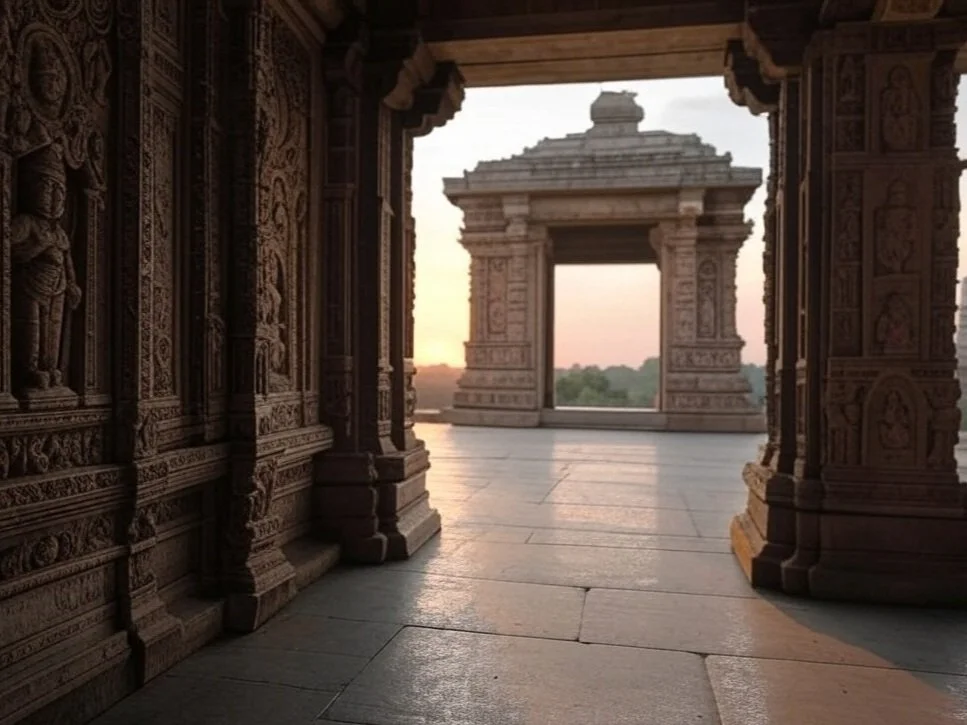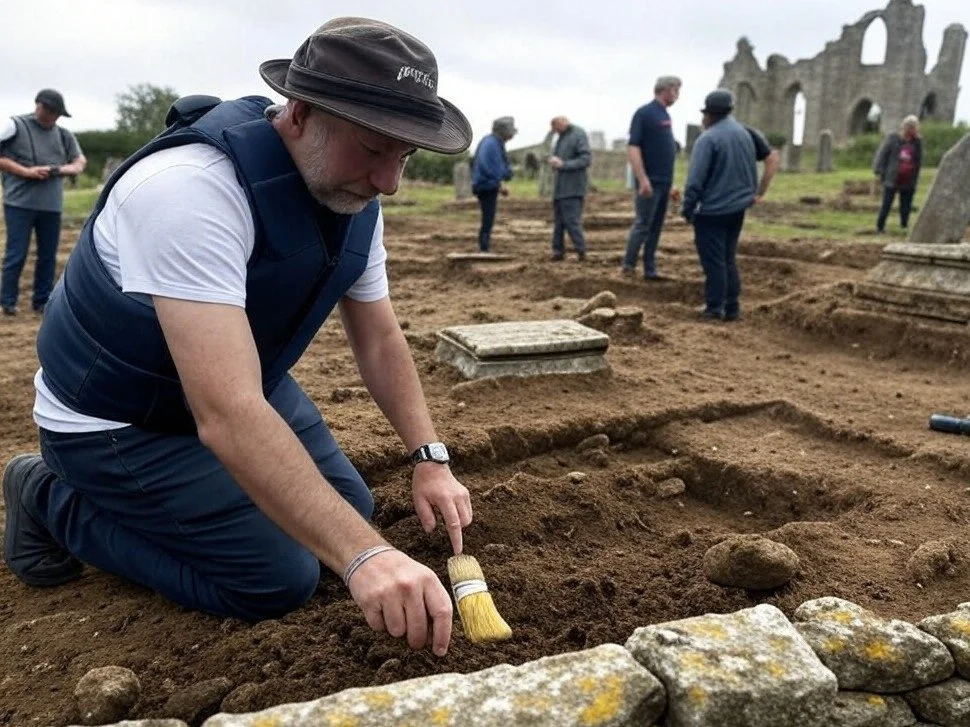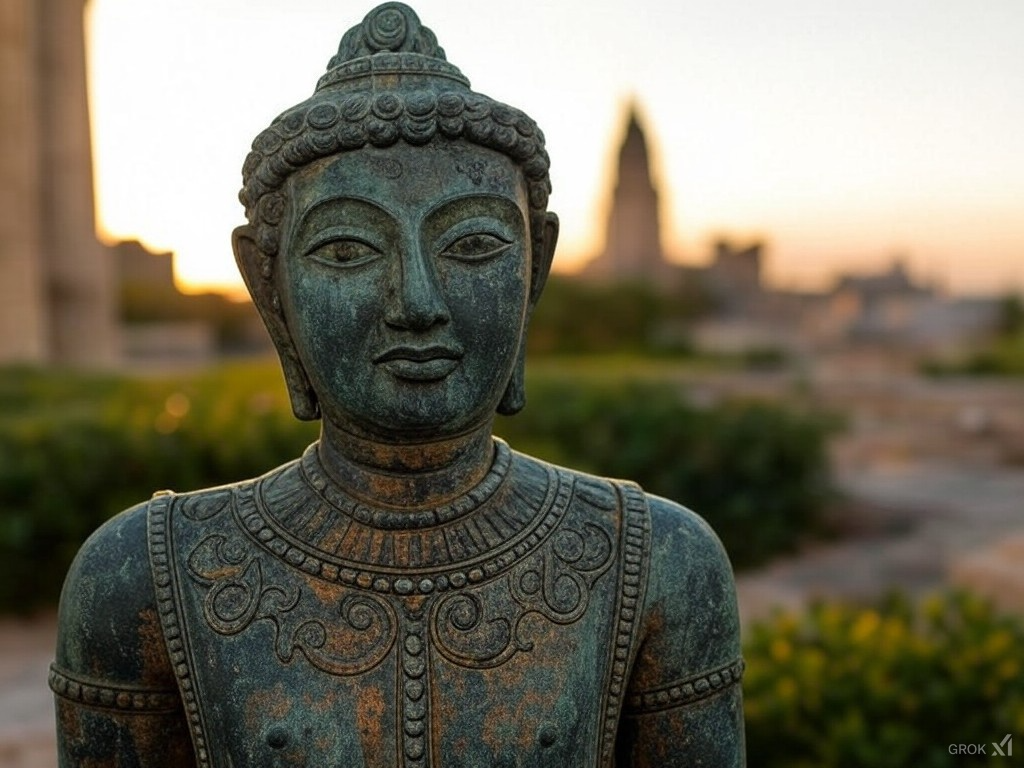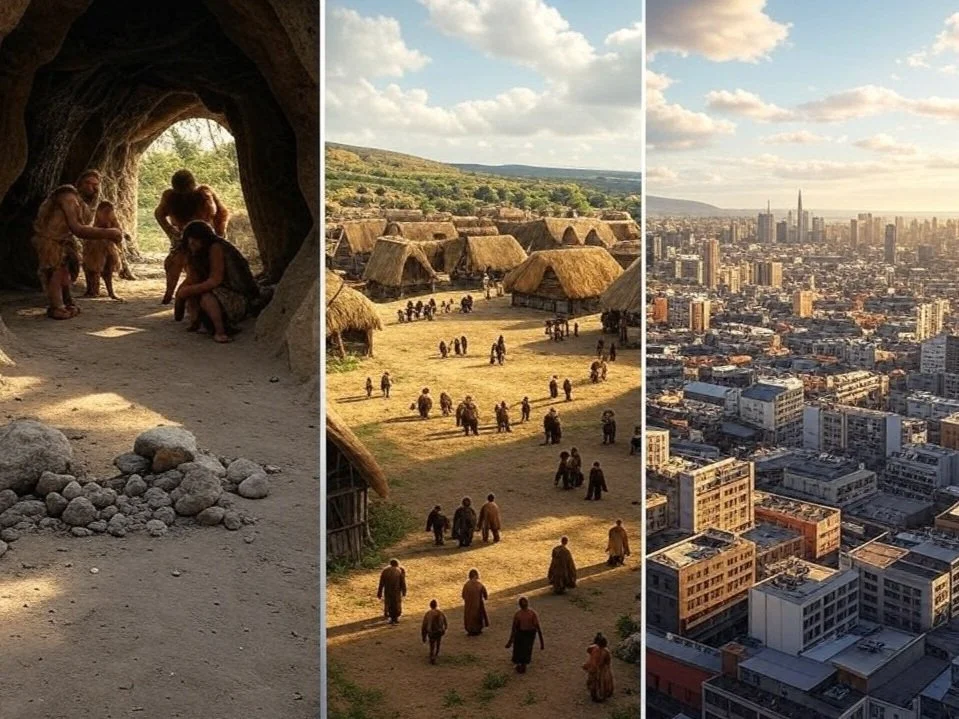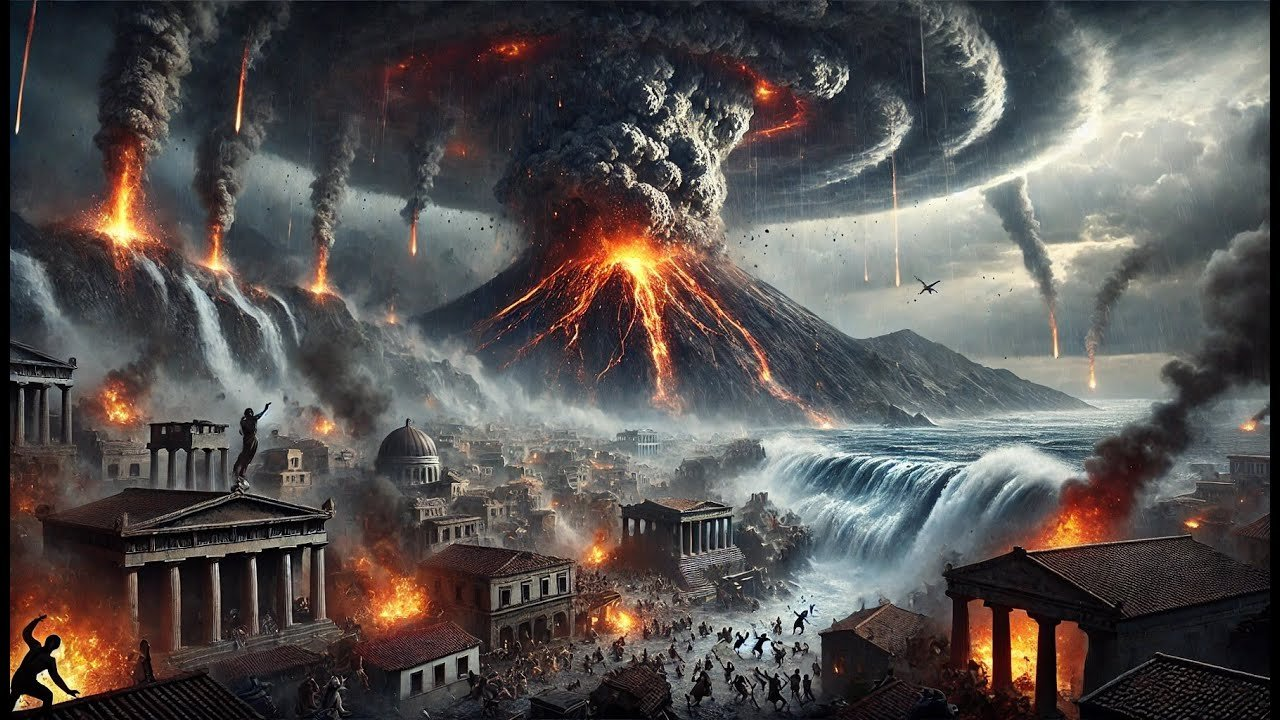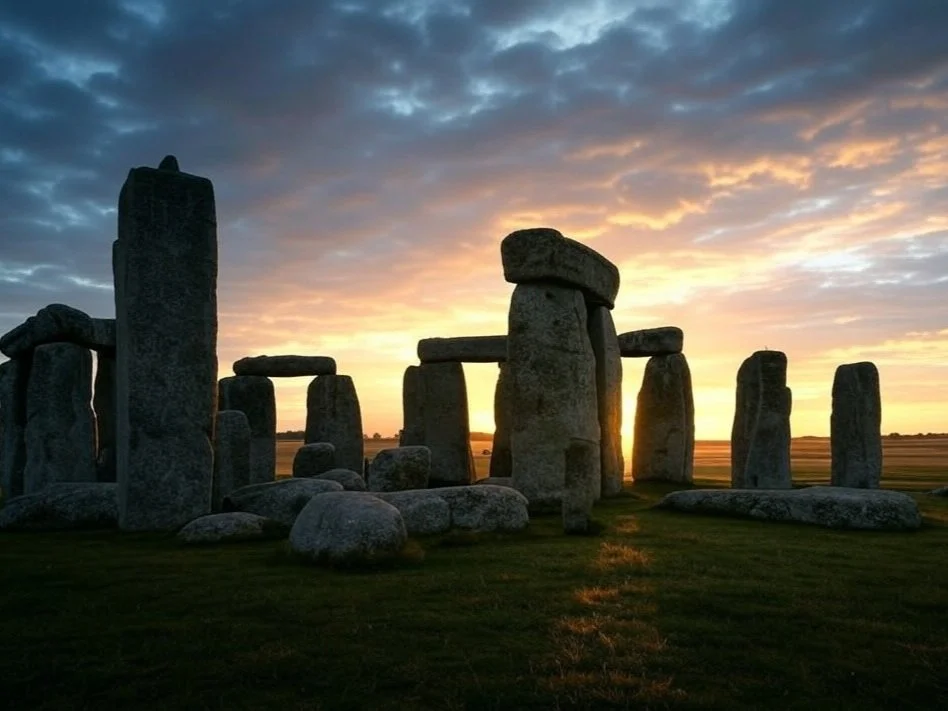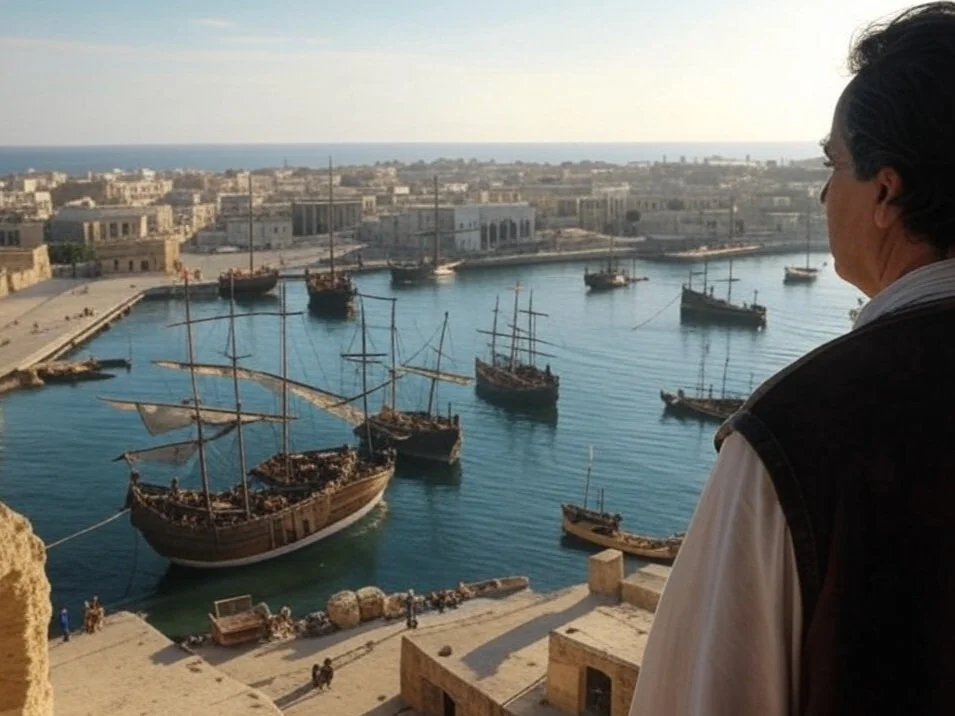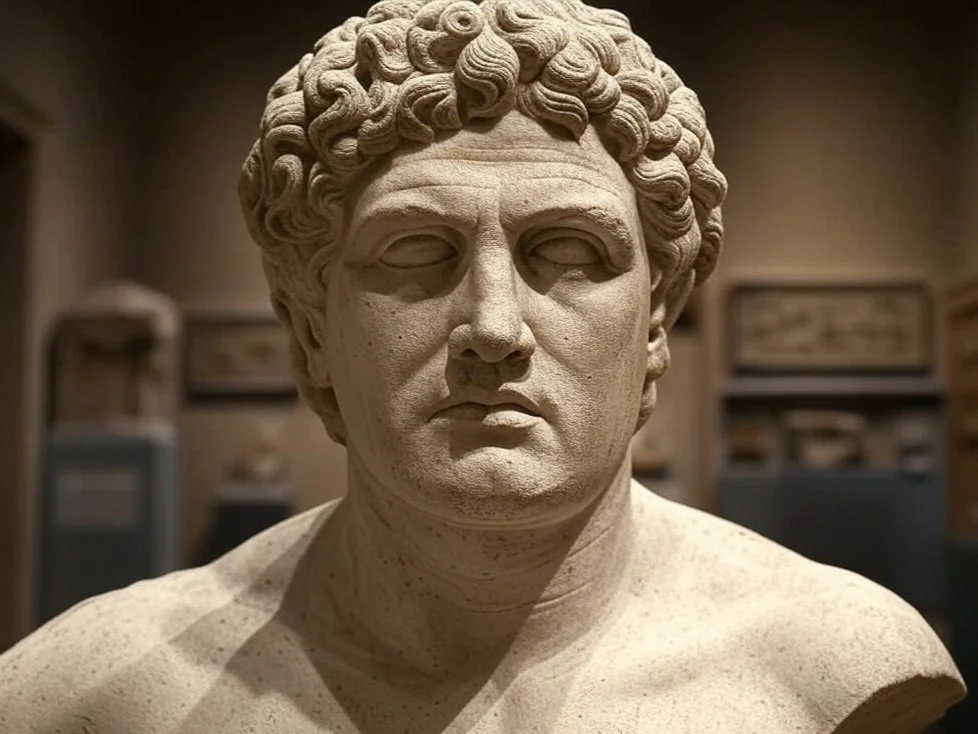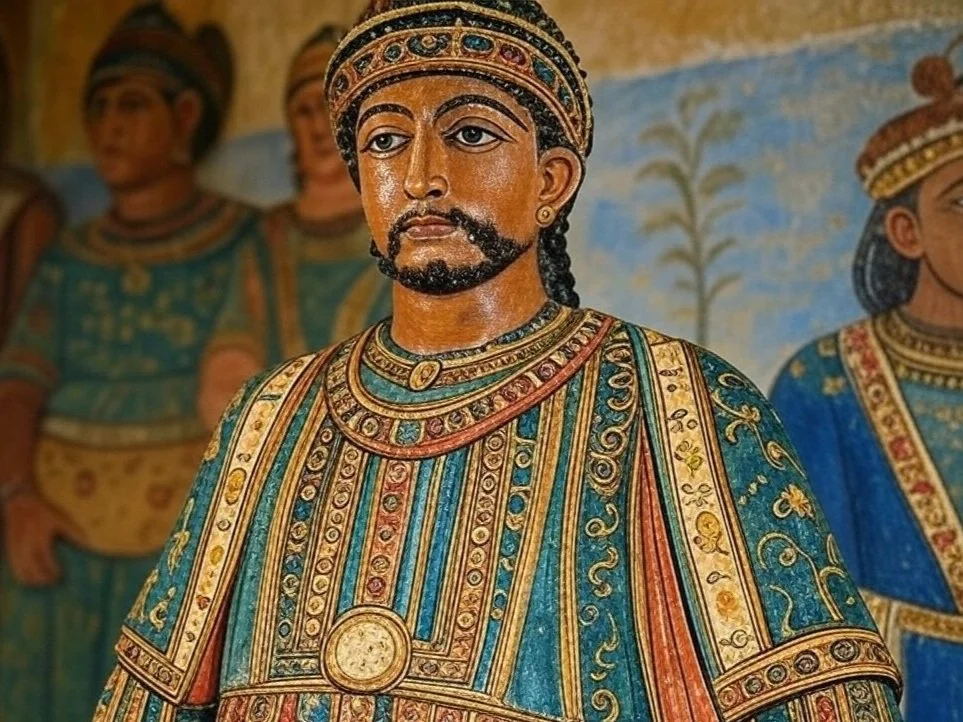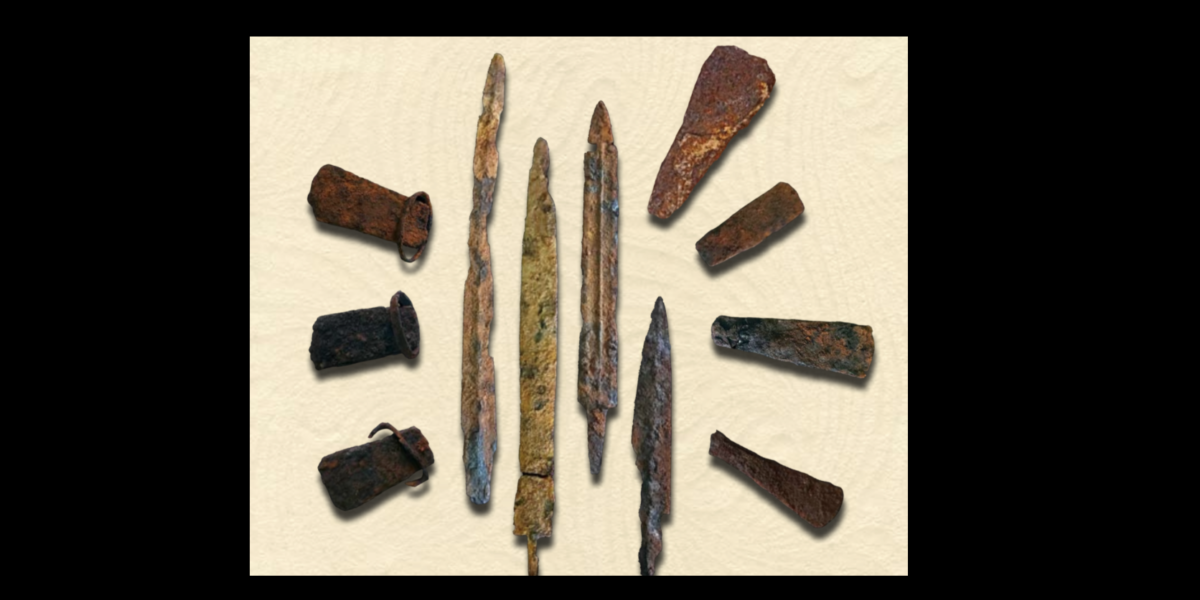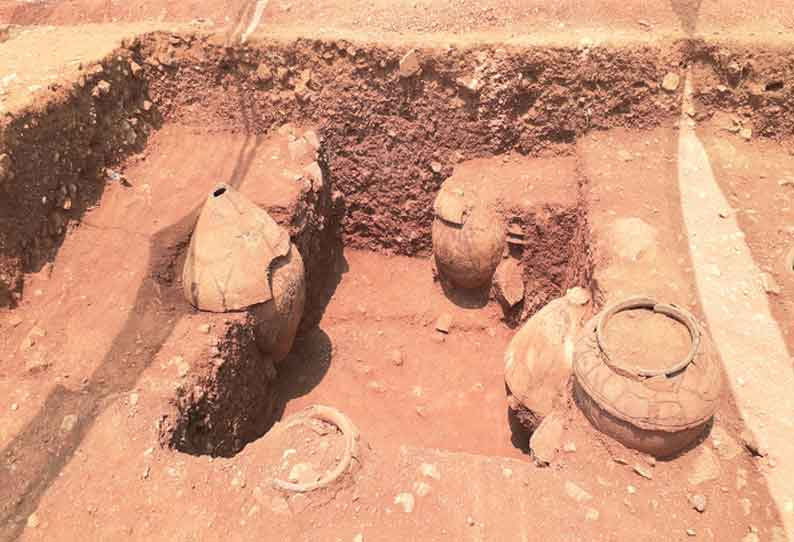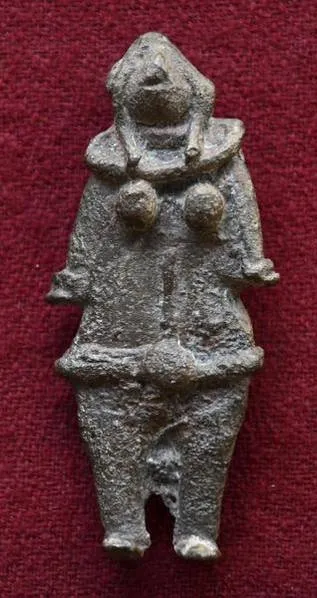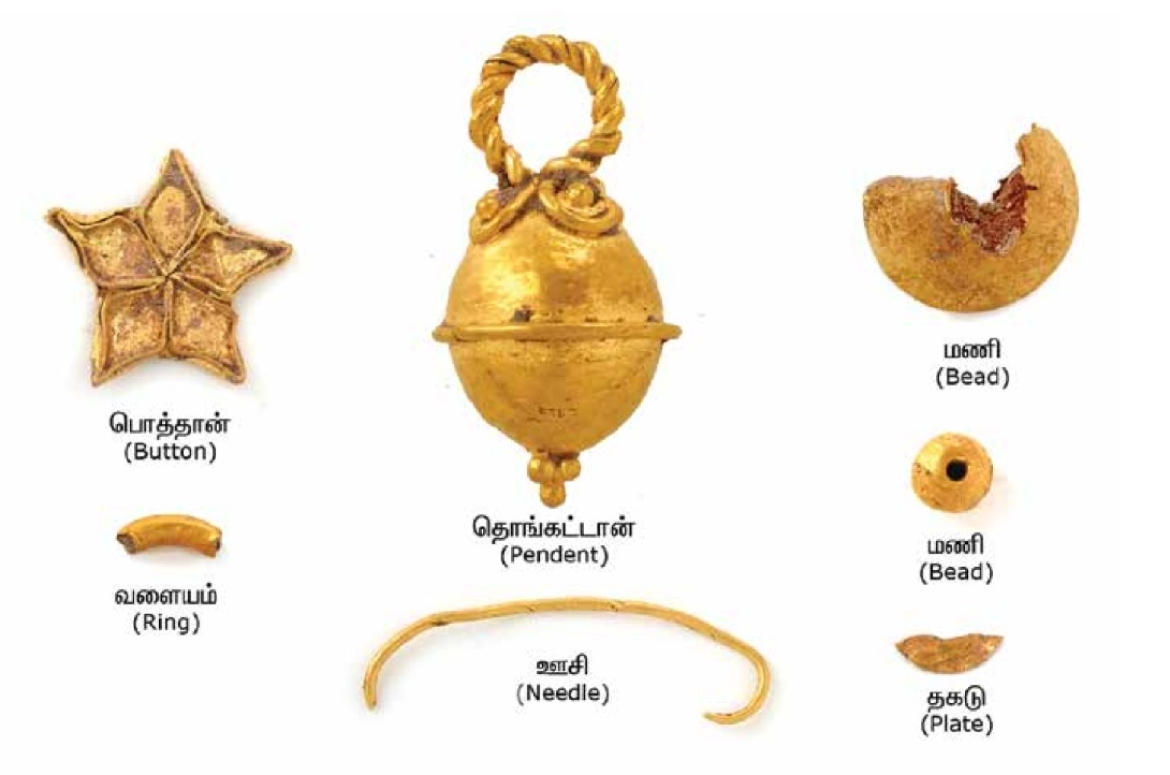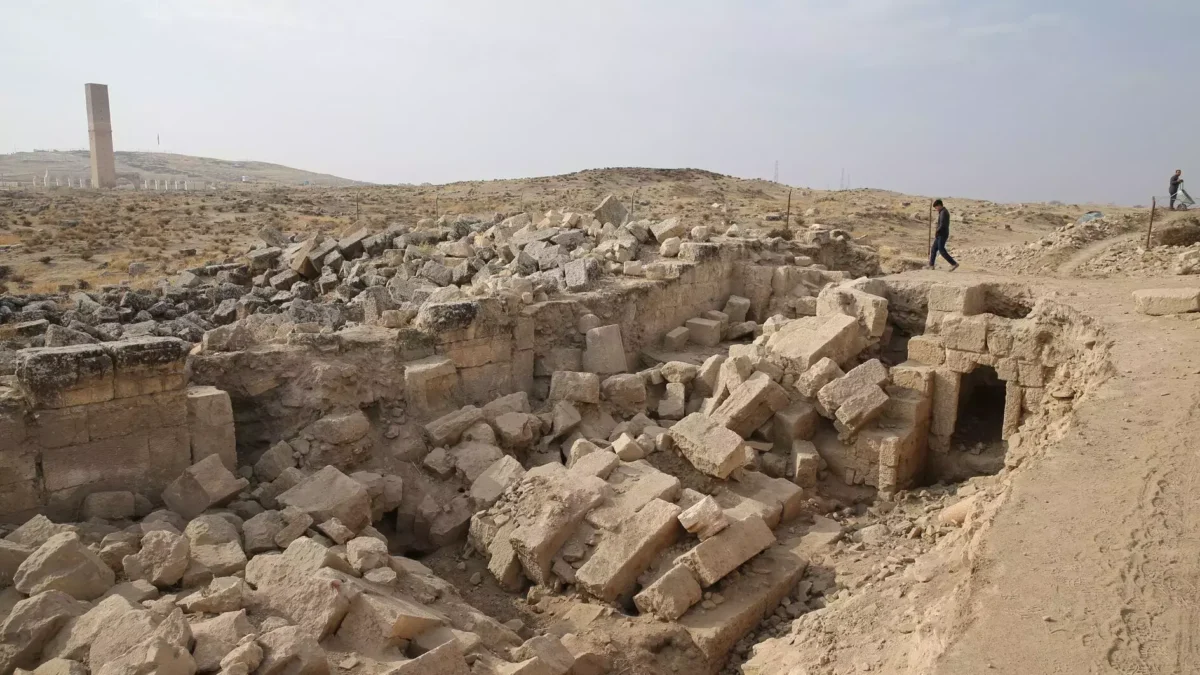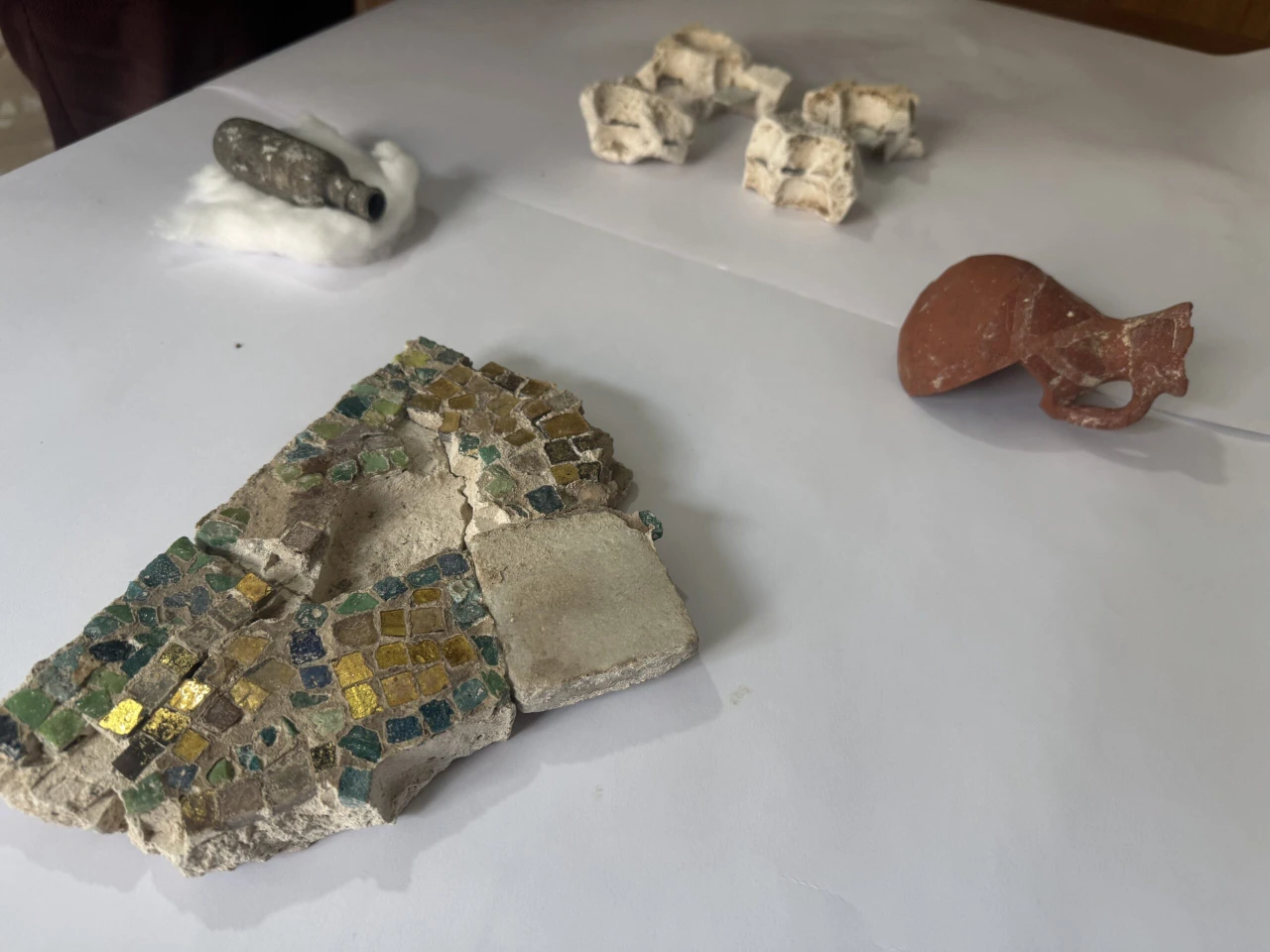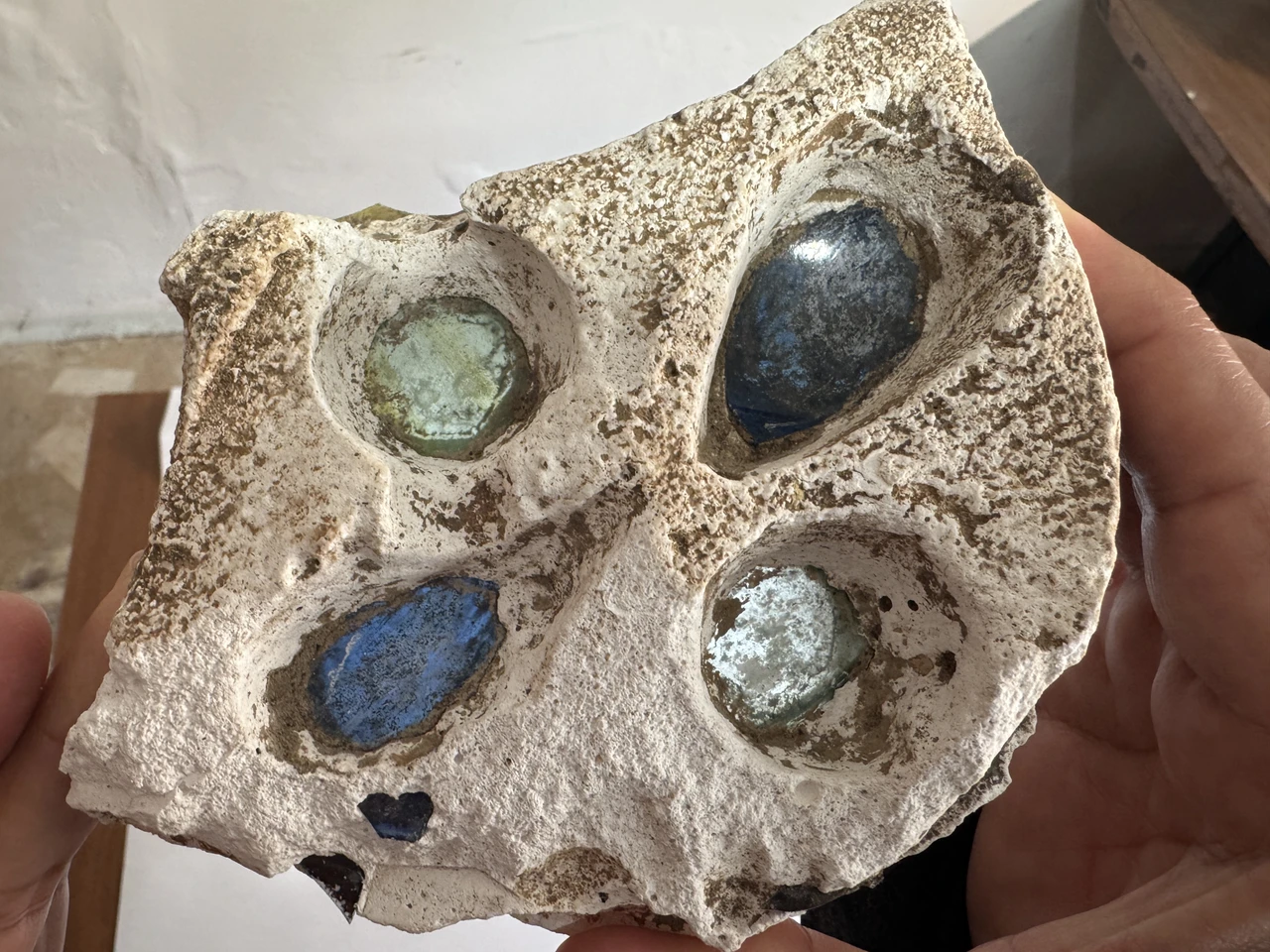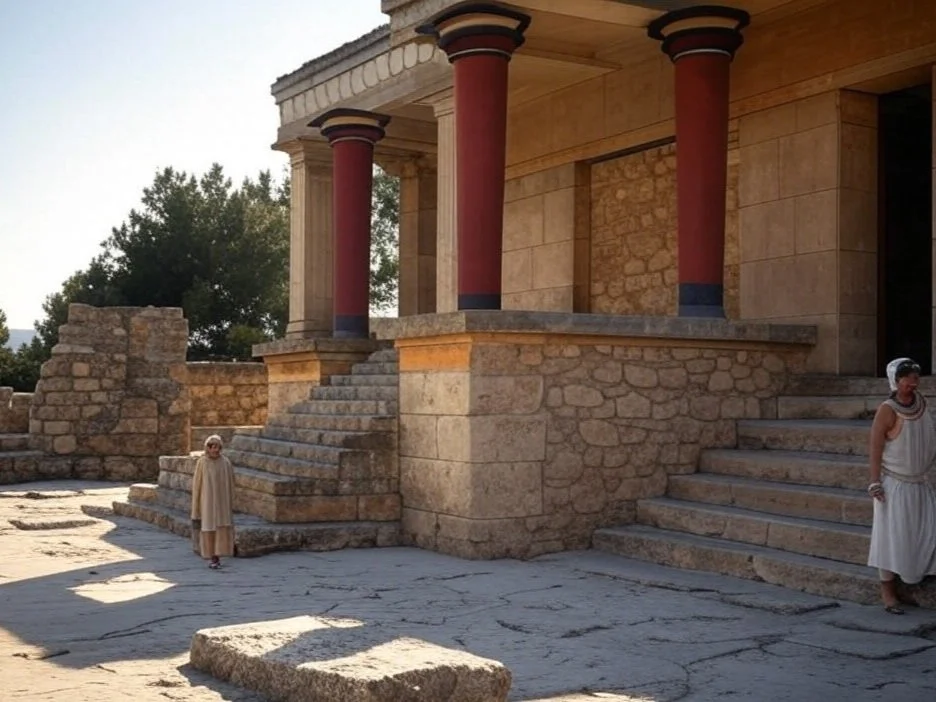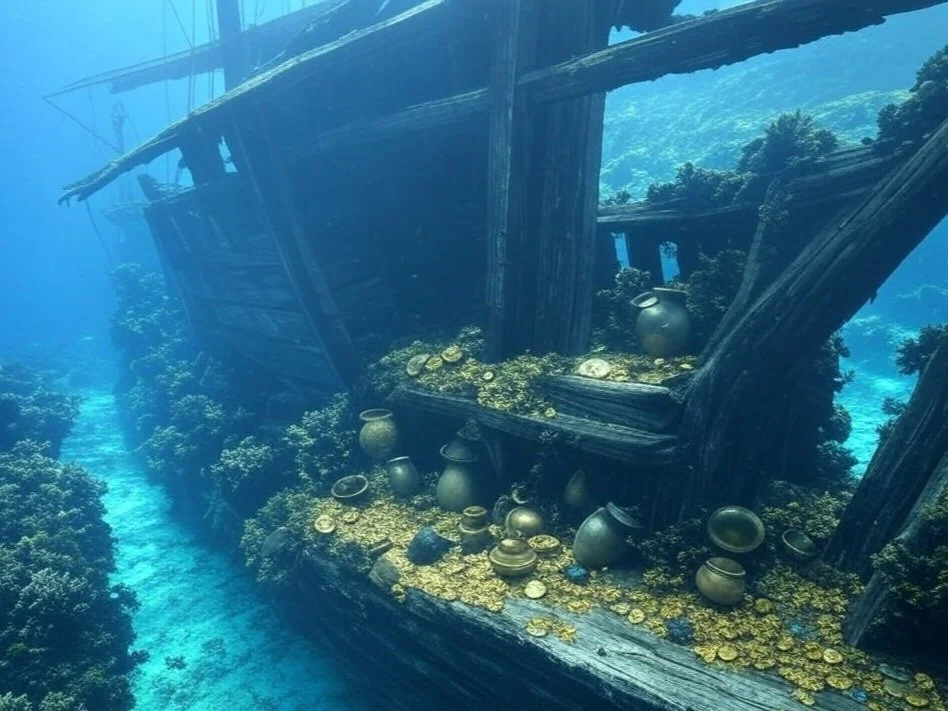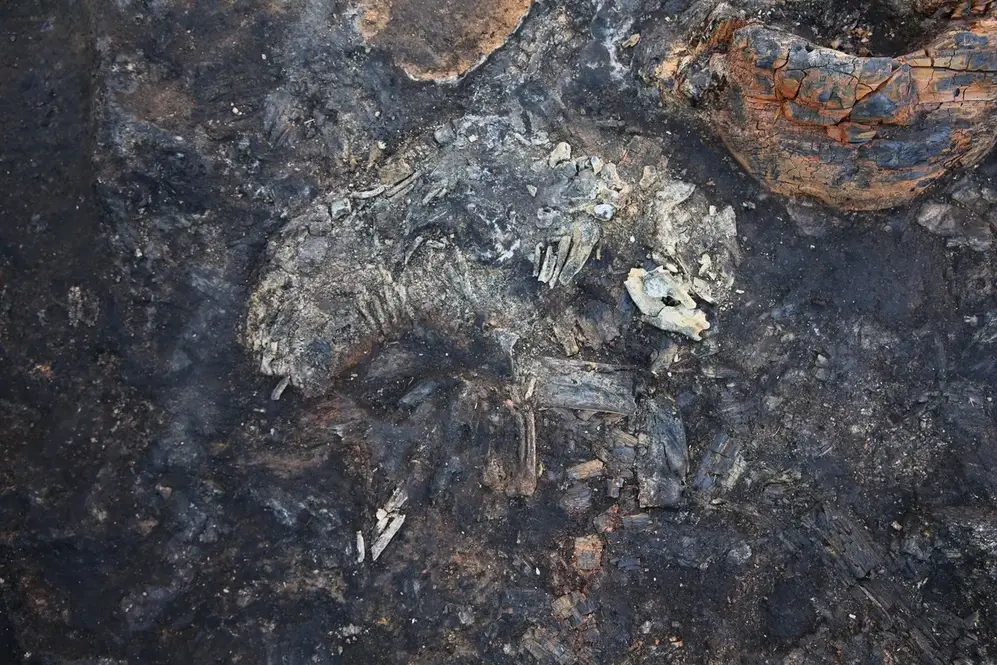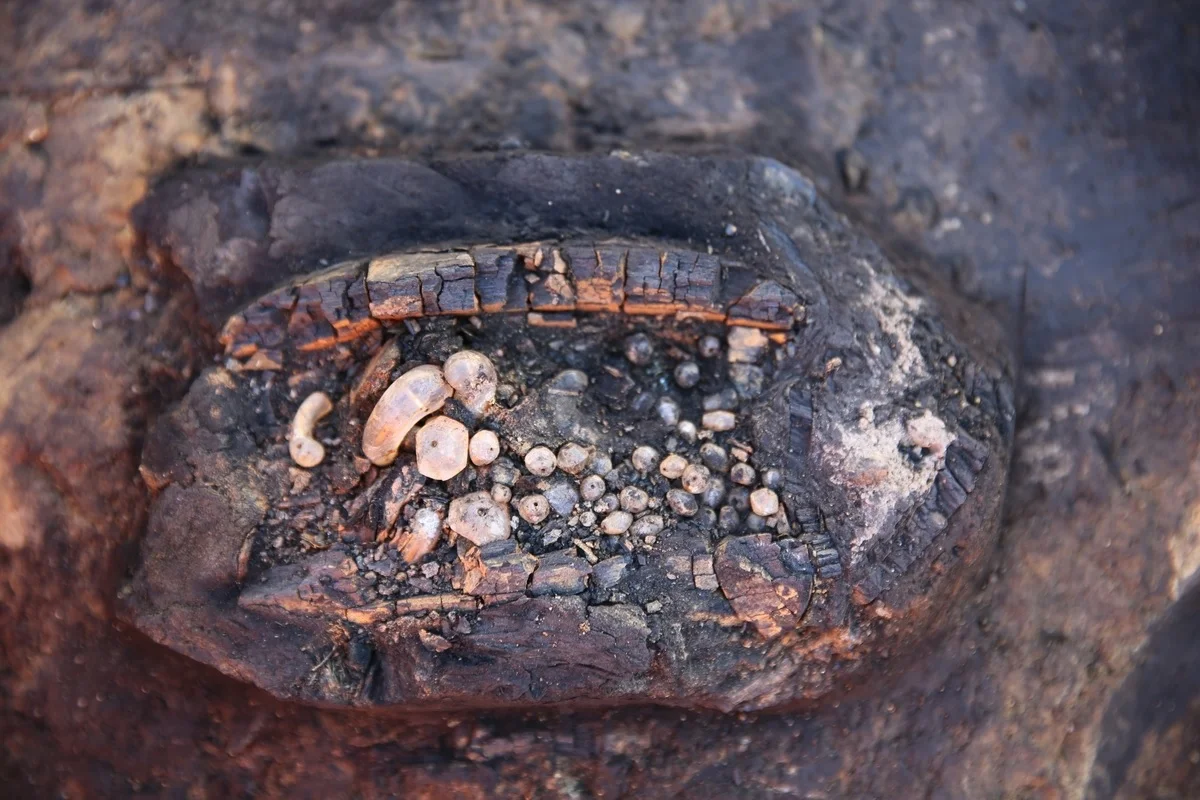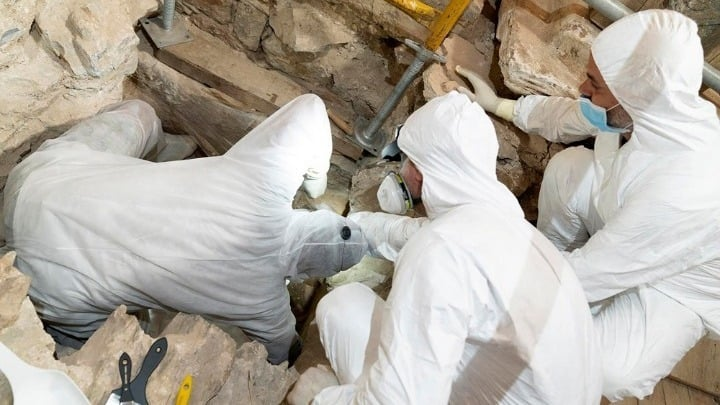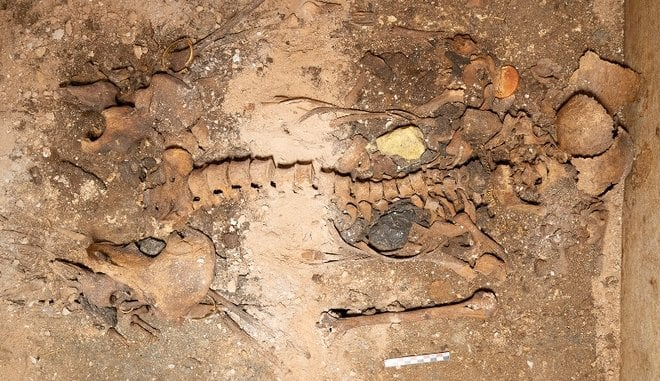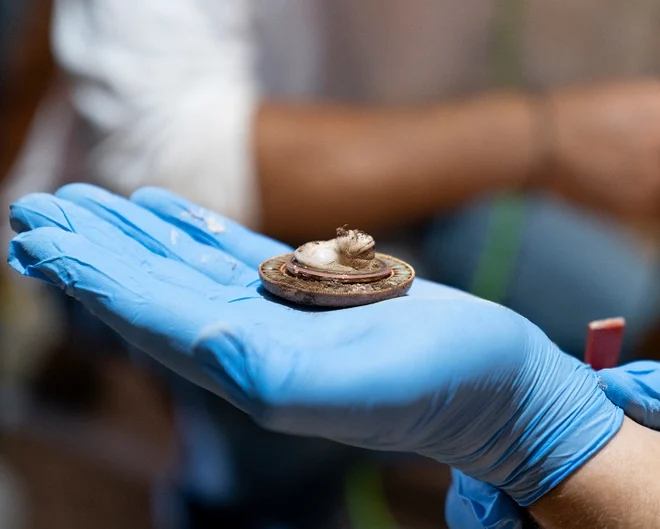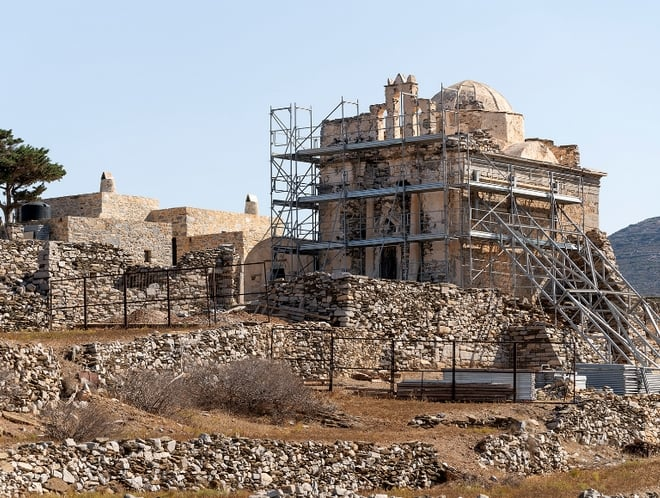The development of ancient road systems was a monumental achievement that facilitated trade, communication, and cultural exchange across vast distances. These roads, such as the Roman roads, the Silk Road, and the Royal Road of Persia, were not merely pathways but lifelines that connected civilizations, enabling the flow of goods, ideas, and people. Their construction and maintenance reflect the ingenuity and organizational prowess of ancient societies.
The Roman Roads: Engineering Marvels
The Roman road network, spanning over 250,000 miles at its peak, was one of the most extensive and sophisticated transportation systems of the ancient world. Built primarily between 300 BCE and 200 CE, these roads connected the vast Roman Empire, from Britain to North Africa and from Spain to the Middle East.
Construction Techniques
Layered Structure: Roman roads were constructed with multiple layers to ensure durability. The foundation, or statumen, consisted of large stones, followed by a layer of rubble (ruderatio), a layer of concrete (nucleus), and finally a surface layer of large, flat stones (summa crusta).
Drainage and Grading: Roman engineers paid meticulous attention to drainage and grading. Roads were slightly convex to allow water runoff, and ditches were dug on either side to prevent flooding.
Milestones and Waystations: Milestones marked distances, while waystations (mansiones) provided rest and refreshment for travelers. These features facilitated efficient travel and communication across the empire.
Importance and Impact
Military Mobility: The primary purpose of Roman roads was to facilitate the rapid movement of troops and supplies, ensuring the empire's security and expansion.
Trade and Commerce: The roads enabled the efficient transport of goods, from agricultural products to luxury items, fostering economic prosperity and integration across the empire.
Cultural Exchange: Roman roads facilitated the spread of Roman culture, language, and law, contributing to the Romanization of conquered territories.
The Silk Road: Bridging East and West
The Silk Road was a network of trade routes that connected the East and West, stretching from China to the Mediterranean. It flourished from around 200 BCE to the 14th century CE, playing a crucial role in the exchange of goods, ideas, and cultures.
Key Routes and Hubs
Overland Routes: The overland Silk Road consisted of several routes, including the Northern Route through Central Asia and the Southern Route through the Indian subcontinent. Key hubs included Samarkand, Bukhara, and Kashgar.
Maritime Routes: The maritime Silk Road connected China with Southeast Asia, India, the Arabian Peninsula, and East Africa. Major ports included Guangzhou, Calicut, and Alexandria.
Trade and Cultural Exchange
Goods: The Silk Road facilitated the trade of silk, spices, precious metals, and other luxury goods. It also enabled the exchange of technologies, such as papermaking and gunpowder.
Ideas and Religions: The Silk Road was a conduit for the spread of religions, including Buddhism, Christianity, and Islam. It also facilitated the exchange of scientific knowledge, art, and literature.
Cultural Fusion: The interaction of diverse cultures along the Silk Road led to a rich cultural fusion, influencing art, architecture, and cuisine across regions.
The Royal Road of Persia: A Model of Efficiency
The Royal Road of Persia, constructed during the Achaemenid Empire (circa 550–330 BCE), was an ancient highway that connected the empire's capital, Susa, with Sardis in modern-day Turkey. Spanning approximately 1,600 miles, it was a marvel of ancient engineering and logistics.
Construction and Features
Paved Sections: While not entirely paved, the Royal Road included sections with stone paving, particularly in mountainous and difficult terrains.
Waystations and Relay Stations: The road featured a series of waystations (caravanserais) and relay stations, where travelers could rest and change horses. This system allowed for rapid communication and efficient travel.
Postal System: The Royal Road was integral to the Persian postal system, which used relay riders to deliver messages swiftly across the empire. Herodotus famously noted that the system could deliver a message from Susa to Sardis in just seven days.
Importance and Impact
Administrative Efficiency: The Royal Road facilitated the efficient administration of the vast Achaemenid Empire, enabling the swift movement of officials, troops, and messages.
Trade and Commerce: The road connected major economic centers, promoting trade and the exchange of goods, such as textiles, spices, and precious metals.
Cultural Exchange: The Royal Road facilitated cultural interactions between the diverse peoples of the Achaemenid Empire, contributing to a shared imperial culture.
Conclusion
The ancient road systems of the Roman Empire, the Silk Road, and the Royal Road of Persia were more than mere pathways; they were the arteries of ancient civilizations, enabling the flow of goods, ideas, and people. These roads reflect the engineering prowess, organizational skills, and vision of the societies that built them. They played a crucial role in shaping the economic, cultural, and political landscapes of the ancient world, leaving a lasting legacy that continues to influence our understanding of human history and connectivity. Through the study of these ancient roads, we gain insights into the ingenuity and ambition of our ancestors, who sought to bridge distances and bring the world closer together.

